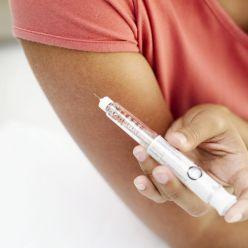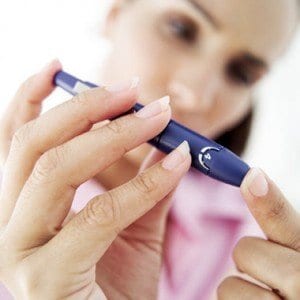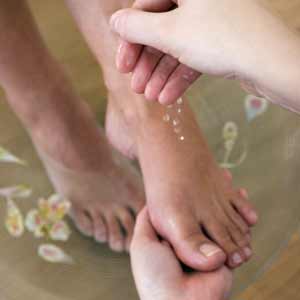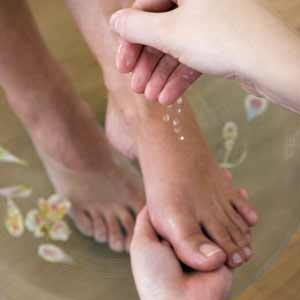Medications For Diabetics: There are several methods that an individual can use to take insulin for their diabetic needs. To maintain a healthy lifestyle, each technique needs to be explored. These methods can include insulin shots, pills and insulin pumps. Other alternative devices are being perfected as well. A diabetic needs to know all the options available to them before they begin their regiment. There may be a simpler method that can assist them with less stress, pain and aggravation than they are accustom to. When insulin is taken properly along with a healthy eating and exercise routine, problems with the body are less likely to occur. These techniques need to be discussed with a health care provider. This will allow an individual to understand the perks as well as the drawbacks of each method in more detail.
Insulin Injections
This method has been used for centuries. It is the most widely used form for type 1 diabetes as well as some cases of type 2. If an individual has type 2 diabetes and the pills that are prescribed are not controlling the insulin well, shots may be an alternative. At first, this procedure could be scary and intimidating. With the proper techniques and practice, the technique can become smooth. After a few tries, an individual will become more comfortable with giving themselves injections.
The correct method for giving a person with diabetes an injection is critical. Discuss with the doctor the appropriate amount of insulin that needs to be taken a day. This can be for the body’s needs as well as the lifestyle of an individual. Every area needs to be well cleaned so infections cannot occur. The syringe will have markings, be sure to know exactly how much is needed. Fatty places on the body are the best source for the injection. Arms, legs and the stomach region are the most common. The vain is not required, just place the needle under the skin and that is all that is necessary.
Diabetic Pills
This type of medication is only used for type 2 diabetes. It is not insulin; it is used when some insulin is released from the body naturally. This kind of medication helps control the blood sugar levels in the body. It maintains an even flow of the proper control that the body needs to survive.
These pills work to assist the body to discharge more insulin. They may also help in digesting food particles into glucose gradually as well as intensify the insulin that is present inside the body.
Alternative Devices
An insulin pump assists in controlling type 1 diabetes. It is attached to the body and releases insulin into the system as programmed. Several kinds of this device can be obtained. Some can be used with cartridges that have the insulin directly inside while others need to be filled manually. These are equipped with a read-out screen that can be used to know exactly how much insulin the body is taking in and when the cartridge needs to be replaced.
Insulin that can be inhaled is in production to assist diabetics for a simpler method. This kind of product is in the form of a spray as well as a dry powder. The technique is fairly simple. Two or three times a day, depending on the doctor’s requirements, a person can inhale their medicine. This method will allow individuals with hectic lifestyles to be able to take their medication without embarrassment or onlookers.
The artificial pancreas is in development. This technique will allow for children as well as adults to manage their insulin intake without the hassle. It is still in the practicing stage; however, this method may be the insulin choice of the future.
 Warning Signs Of High Blood Sugars: Controlling high blood sugar is vital for maintaining a diabetic’s lifestyle. This process may be difficult to achieve. When an individual is first introduced that they have a problem, they are then given
Warning Signs Of High Blood Sugars: Controlling high blood sugar is vital for maintaining a diabetic’s lifestyle. This process may be difficult to achieve. When an individual is first introduced that they have a problem, they are then given  Early
Early  Ways To Prevent Diabetes: Type 1 diabetes is an inherited condition. At this time there is no way to prevent a person from having Type 1 diabetes. Type 2 diabetes can be prevented. Type 2 diabetes develops in those who have managed to“wear-out” their body’s natural ability to make use of the glucose in the bloodstream.. An understanding of how use of glucose in the bloodstream manages to wear down the body cells helps with recognition of the various ways to prevent diabetes.
Ways To Prevent Diabetes: Type 1 diabetes is an inherited condition. At this time there is no way to prevent a person from having Type 1 diabetes. Type 2 diabetes can be prevented. Type 2 diabetes develops in those who have managed to“wear-out” their body’s natural ability to make use of the glucose in the bloodstream.. An understanding of how use of glucose in the bloodstream manages to wear down the body cells helps with recognition of the various ways to prevent diabetes.
 Proper
Proper